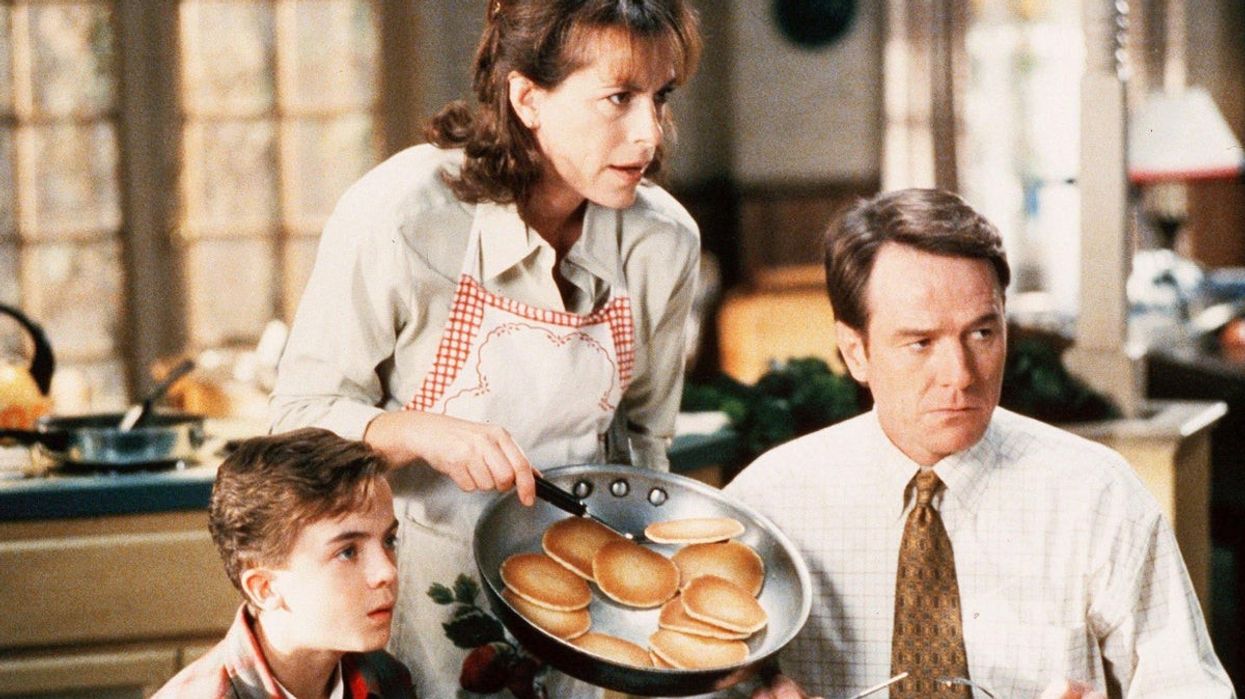11 Elements That Should Be in Every Scene in Your Screenplay
Do your scenes have these key elements inside them?

I think we can all agree that a great scene should evoke a strong emotional response in the reader. Whether it is fear, joy, sadness, or suspense, it invests you in the characters, stakes, and maybe even a surprising twist or reveals that keeps the reader engaged and invested in the story.
A great scene in a screenplayiss memorable, impactful, and helps to advance the story in a meaningful way.
Let's take a look at the elements you'll need for them all to come together.
11 Elements That Should be in Every Scene in Your Screenplay
Every scene in a screenplay should aim to accomplish certain objectives and move the story forward. Here are 11 elements that every scene should have:
1. Purpose
Each scene should have a clear purpose that advances the story and moves the plot forward. Why are you telling us this story?
2. Conflict
Conflict is the engine of storytelling, and every scene should contain some form of conflict, whether it is external or internal. A great scene should contain a strong conflict that drives the action and keeps the reader engaged.
3. Character Development
Each scene should reveal something new about the characters and their development. Whether it is their motivations, personalities, or relationships. A great scene should reveal something new and meaningful about the characters, whether it is their motivations, personalities, or relationships.
4. Setting
The scene's setting should be described in enough detail to give the reader a clear picture of the environment. Try to world build to make things pop and steep the audience somewhere they have never been.
5. Dialogue
The dialogue should be natural, believable, and advance the story. A great scene should contain sharp, witty, or insightful dialogue that reveals the characters and advances the story.
6. Action
The scene should contain action, whether it is physical or emotional, that propels the story forward. A great scene should contain physical or emotional action that propels the story forward and keeps the reader engaged.
7. Emotion
Emotion is what makes a story resonate with the audience, and every scene should have an emotional component that connects the audience to the story. A great scene should evoke a strong emotional response in the reader, whether it is fear, joy, sadness, or suspense.
8. Tension
Tension is what keeps the audience engaged, and every scene should contain some form of tension, whether it is physical or emotional. A great scene should contain high stakes and keep the reader on the edge of their seat, wondering what will happen next.
9. Pacing
The scene should have a good pace, alternating between moments of action and quiet, so as not to become monotonous. Pacing is important to qualifying your tone and also the way your screenplay will be directed.
10. Symbolism
The scene should contain elements of symbolism that enhance the story and provide subtext. This can give you powerful images that make scenes pop off the page, By using symbolism, you're adding another layer to every page.
11. Theme
Each scene should relate to the overarching themes of the story, helping to deepen the audience's understanding of the story and its meaning. Your script theme needs to carry both the weight of the story and a connection to the audience. That's a significant burden to bear.
These are all our hot tips, let us know if you have more in the comments.
















